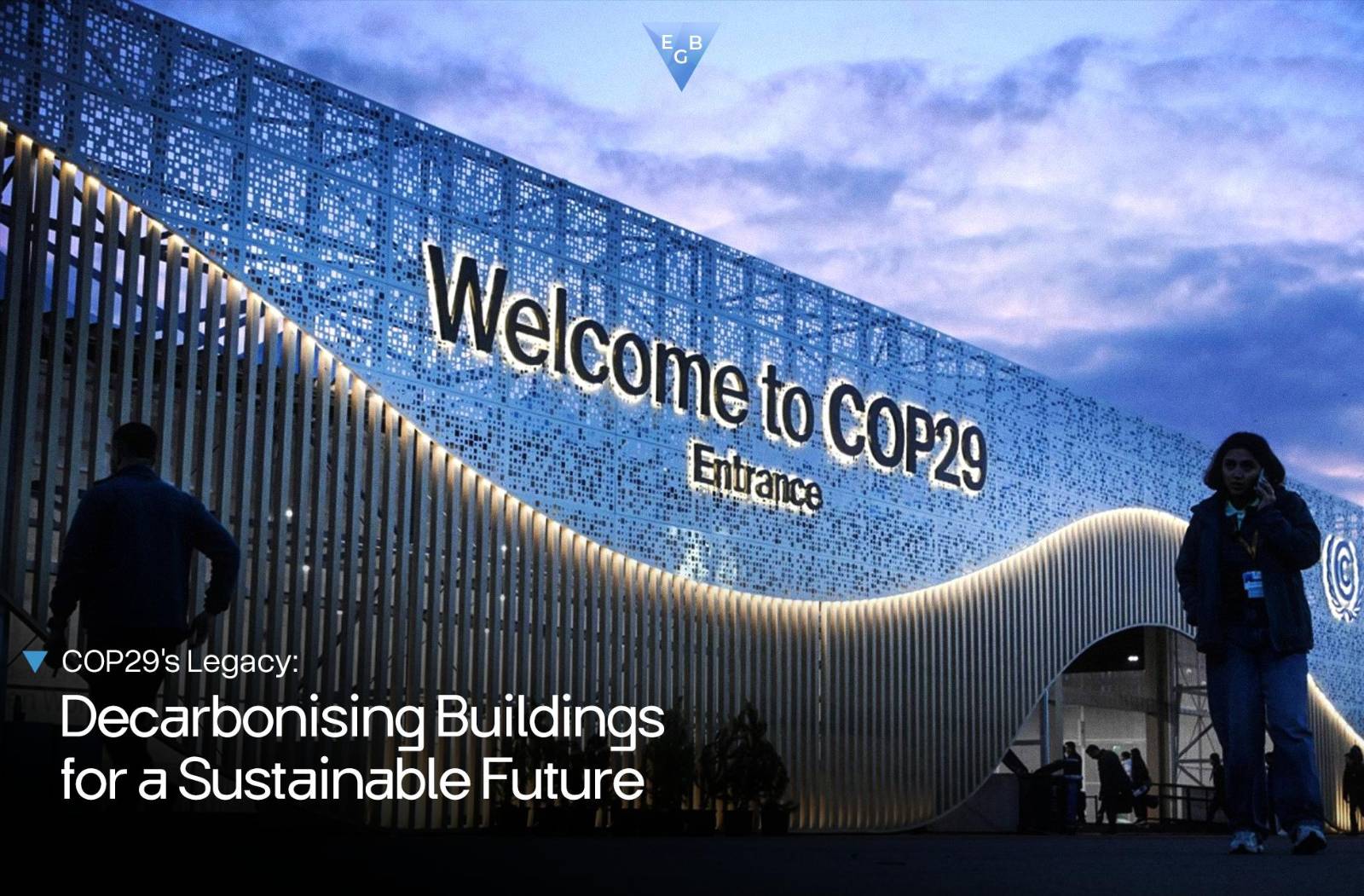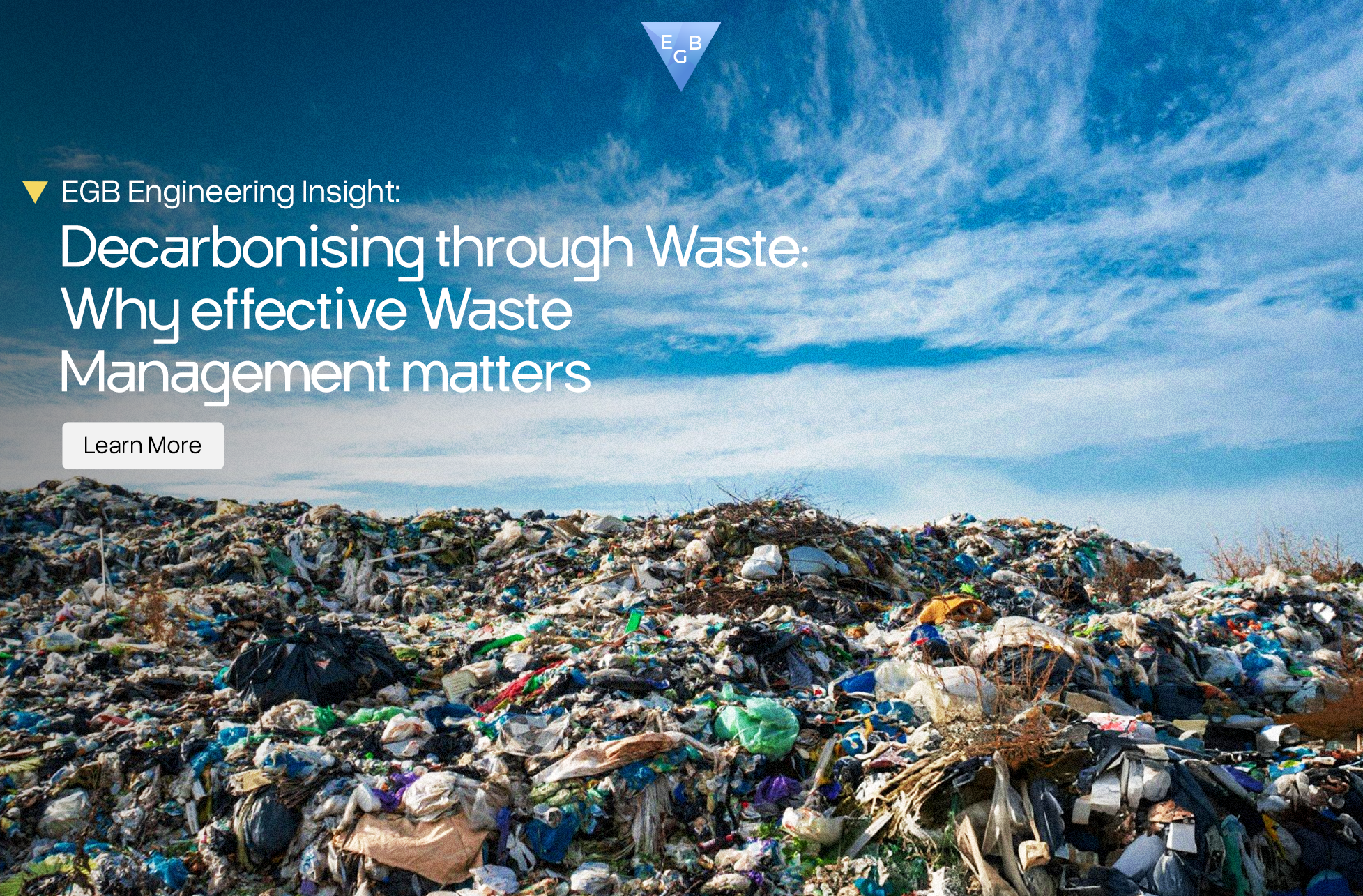
Transforming UK’s Public Infrastructure for a Sustainable Future
Overview
The UK public sector manages an extensive estate of over 300,000 buildings, which collectively contribute approximately 2% of the country’s total carbon emissions. Within this vast estate, the NHS manages 6.4 million square metres of hospital space, whilst the education sector encompasses more than 32,000 schools nationwide. Central government operations occupy 4.6 million square metres of office space. Initial assessments of these estates revealed concerning inefficiencies, with buildings typically operating at 40-60% below optimal energy efficiency. Many heating systems were found to be over 15 years old, creating significant carbon footprints that needed urgent attention.
Key Challenges
Operational Constraints
The complexity of public sector decarbonisation is magnified by the continuous operational requirements of healthcare estates, which must maintain services 24/7 whilst implementing upgrades. Schools face additional timing constraints, with renovations limited to specific term-time windows. The average age of government estate buildings exceeds 75 years, presenting unique challenges for modernisation. These projects require intricate stakeholder management across multiple departments, each with distinct needs and priorities.
Budget and Regulatory Framework
Public sector projects operate within strict procurement frameworks that demand detailed cost-benefit analysis at every stage. Organisations must align with the Public Sector Decarbonisation Scheme (PSDS) requirements whilst working towards specific targets. The NHS aims for Net Zero by 2040, whilst the education sector has committed to reducing emissions by 50% by 2030. These ambitious goals must be achieved within tight budgetary constraints.
Decarbonisation Solutions
Technology Implementation
Our approach integrates advanced Smart Building Management Systems that employ AI-driven heating controls, reducing energy waste by 30%. These systems provide real-time monitoring capabilities and integrate with weather forecasting for optimal operation. Renewable energy solutions have been central to our strategy, with solar PV installations now generating 25-40% of building electricity needs. Ground source heat pumps have proved particularly effective, reducing heating costs by 65%, whilst battery storage systems help manage peak demand efficiently.
Building envelope improvements have delivered remarkable results through high-performance insulation that reduces heat loss by 40%. These improvements are complemented by triple-glazed window systems and green roof installations that provide natural insulation benefits.
Energy Savings and Emissions Impact
The implemented solutions have consistently delivered energy consumption reductions between 45-60%, with typical payback periods ranging from 5-8 years. Annual cost savings average £15-20 per square metre. Carbon emissions have been reduced by 50-70% per building, making significant contributions to the NHS Carbon Footprint Plus reduction and advancing progress towards the UK’s 2050 net-zero target.
Impact on Stakeholders
In healthcare estates, these improvements have enhanced patient comfort through superior temperature control whilst improving air quality, leading to a 20% reduction in healthcare-associated infections. The reduced operational costs have allowed for reinvestment in patient care, whilst more reliable energy systems better support critical care equipment.
Educational establishments have seen marked improvements in learning environments, with optimal temperature control and CO2 levels maintained below 800ppm in classrooms. This has contributed to a 15% improvement in pupil concentration levels whilst creating valuable teaching opportunities for environmental awareness.
Government offices have benefited from enhanced workplace productivity and reduced incidents of sick building syndrome. Lower operational costs directly benefit taxpayers, whilst these projects serve as exemplars for private sector adoption.
Long-Term Benefits and Sustainability Credentials
Our projects deliver 25-year projected savings that exceed initial investments by 300%. The implementation of remote monitoring and predictive maintenance has reduced ongoing costs whilst protecting against rising energy prices. Our work has garnered multiple industry awards and recognition from environmental certification bodies, establishing EGB Engineering as an early adopter and innovator in public sector sustainability.
EGB Engineering’s Value Proposition
With over 10 years of public sector experience, our dedicated project teams bring comprehensive technical expertise across all building systems. Our proven methodology ensures minimal operational disruption through careful stakeholder engagement and robust risk management frameworks. We maintain strong relationships with technology providers and continue to innovate in areas such as energy storage and digital twin capabilities.
Our commitment to the future focuses on integrating emerging technologies, expanding renewable energy solutions, and developing circular economy approaches. This comprehensive strategy positions EGB Engineering as a trusted partner in the UK’s journey to net-zero emissions, delivering significant environmental and financial benefits across the public sector.




